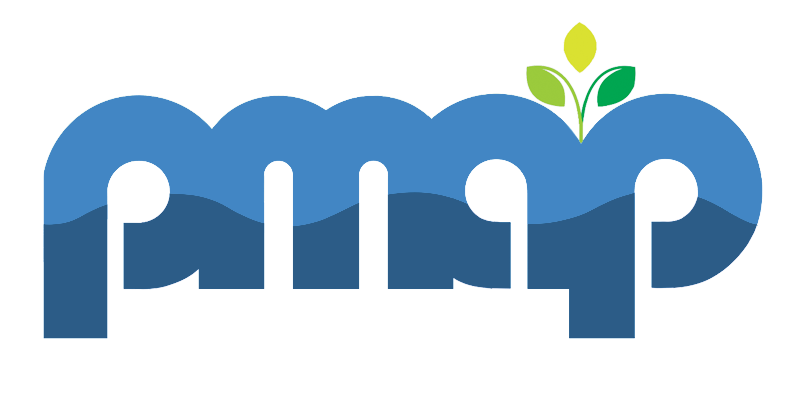PMAP’s Game-Changing Approach in Deep-Water Neutralization: Answering Industry Questions

During a recent technology information session with a pioneering engineering firm, PMAP Mine Water was presented with a fascinating question: How does PMAP’s technology perform in deep pond conditions? This sparked an informative exchange, leading us to reflect on the advanced applications of our technology. So, how would PMAP’s reagent perform in deep waters?
PMAP Reagent: Performance and Innovation in Deep Waters
Our PMAP technology operates with a unique approach to neutralizing mine-affected waters, particularly in deep ponds or bodies of water. Here's a closer look at the underlying principles and the science behind our technology:
- Creation of a Slurry for Effective Targeting: PMAP technology utilizes a powdered reagent mixed with a small volume of pond water, creating a slurry denser than the surrounding water. This specific gravity difference allows the slurry to settle quickly to the bottom of the pond, precisely where metal concentrations are often highest. Unlike traditional methods requiring extensive mixing, the PMAP reagent remains largely unmixed, creating a unique diffusion-controlled reaction.
- Slow-Release Magnesium-Based Neutralization: Once settled, PMAP's reagent initiates a slow-release process, releasing hydroxide ions as needed. Unlike calcium-based methods, which rely on complete and immediate release full preparation of hydroxide ions before contact with acidic water, PMAP’s magnesium-based reagent only releases ions when necessary. This diffusion-controlled process continues to release hydroxide ions as long as the local pH remains below 9.5, enhancing reagent efficiency and allowing a progressive neutralization reaction from the bottom of the pond upwards.
- Sustained Metal Precipitation and Removal Process: The unique attributes of our reagent drives continuous metal removal. The hydroxide ions released by the PMAP reagent react with metallic ions in the water, forming insoluble metallic hydroxides that precipitate out, leaving behind purer water near to the bottom of the pond. This metal concentration gradient between water at the bottom and the rest of water body promote metallic ions diffusion toward the neutralization reagent at the bottom of pond and continue metal removal reactions by creating more demand for hydroxide ions and metal hydroxide formation. This reaction is sustained as long as PMAP’s reagent releases hydroxide ions, maintaining a localized pH level that drives the reaction forward.
- Multistage Injection for Enhanced Efficiency: Our process is engineered for optimal efficiency. Through multistage injection, we ensure a consistent release of hydroxide ions without the need for extensive external mixing. This minimizes reagent consumption while maintaining low pH levels necessary for effective metal precipitation.
- Advantage Over Calcium-Based Neutralization: Mine wastewater often contains common anions like sulfate and chloride, which can inhibit reagent activity in calcium-based processes by forming coatings (e.g., gypsum) that reduce effectiveness. The PMAP process, however, bypasses these challenges, allowing for a more efficient and cost-effective neutralization process without these barriers.
Why PMAP’s Technology Stands Out in Deep Pond Applications
The advantages of PMAP’s method—optimized reagent utilization, sustained hydroxide release, and superior performance in deep waters—demonstrate that our approach is not only innovative but also highly adaptable. By engaging with our partners, we continue to uncover new applications and deeper insights, driving forward the field of mine water treatment.
At PMAP, we’re more than just a technology provider; we’re constantly evolving, guided by curiosity, innovation, and real-world challenges. Stay tuned for more insights as we advance our journey in sustainable mine water treatment.
Get Your Free Mine Water Assessment
Take the first step towards optimizing your mine’s water management and recovery processes with our complimentary water assessment. This no-cost, no-obligation evaluation will help you identify opportunities to enhance efficiency, reduce costs, and improve environmental compliance. Don’t miss out on the chance to transform your operational challenges into advantages.
